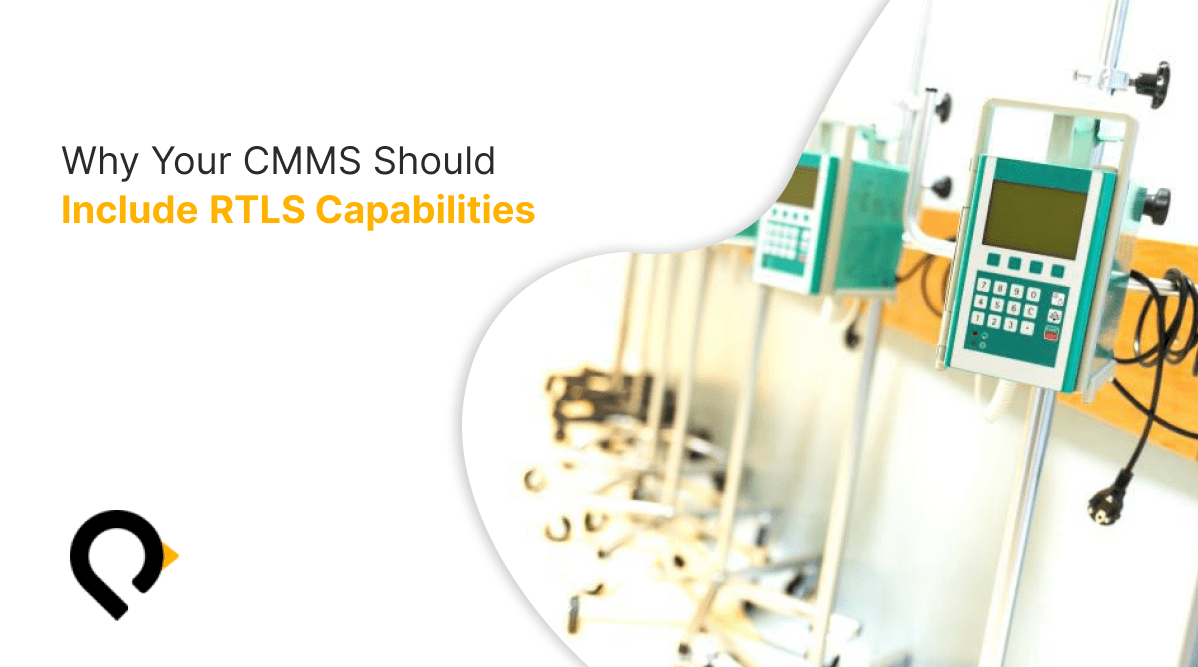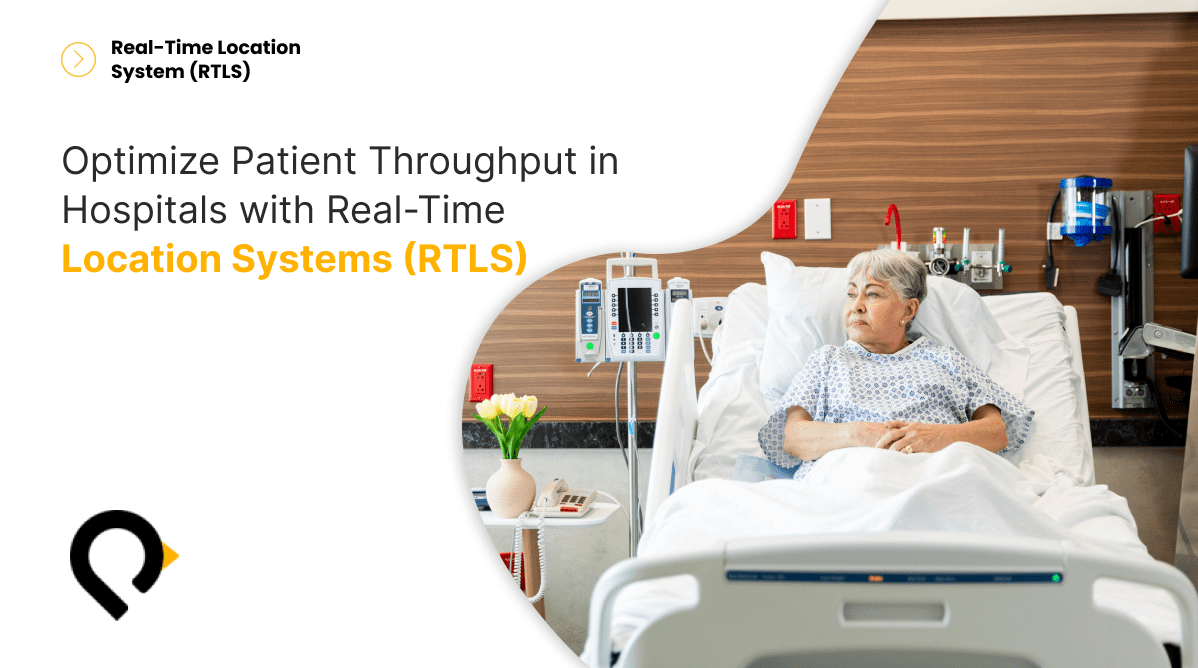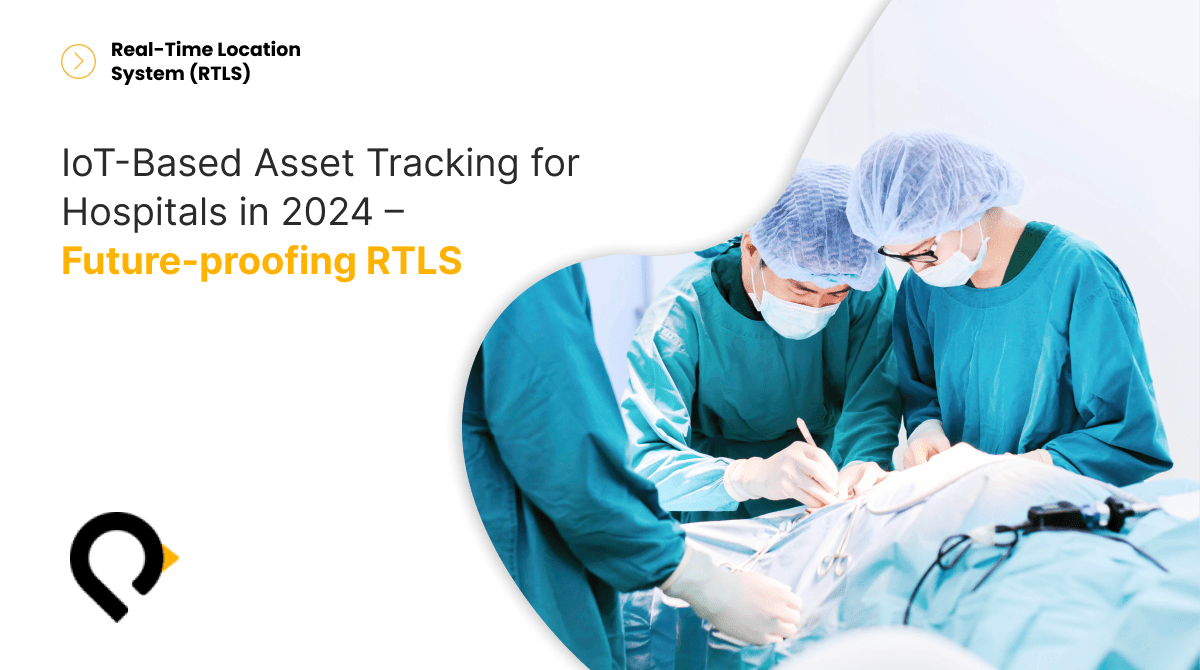For healthcare, a Computerized Maintenance Management System (CMMS) is an absolute necessity. CMMS allows hospitals to meticulously monitor assets in need of maintenance, ensuring their safe and efficient operation. It also empowers staff to effortlessly generate work orders and compile lists of assets awaiting preventive repair and maintenance. Additionally, CMMS can help health systems plan out their equipment lifecycle and gather valuable insights. However, how far can it go with Real-Time Location Systems (RTLS)?
The Missing Piece: The Limitations of Conventional CMMS
While CMMS enhances hospital asset management, there is a critical part of the puzzle that remains absent in many of these systems: comprehensive information regarding the real-time location and status of equipment. CMMS might display the department to which a specific piece of equipment is assigned, but it does not provide any extra useful status information (such as location) to the team on the ground. This lack of data becomes a significant issue when it comes to quickly and effectively locating and retrieving the equipment when needed. The absence of this information can trigger a long and consuming activity of “search and rescue” wasting valuable hours in labor costs.
Considering the dynamic nature and intensity of hospitals, it’s surprising that numerous CMMS systems are not yet integrated with RTLS. CMMS systems were initially designed to optimize efficiency and uphold robust management protocols, but their effectiveness is significantly hampered when equipment location remains a constant challenge for ground staff.
Enhancing CMMS with RTLS Integration
Many hospitals have chosen to optimize the performance of their CMMS systems by incorporating RTLS. Through this integration of RTLS data with CMMS, they have achieved substantial savings in labor hours as staff members can now quickly locate equipment due for preventive maintenance. This seamless RTLS integration enhances staff productivity and key performance indicators, ensuring that critical maintenance tasks are completed on time.
The integration of Real Time Location Systems RTLS with CMMS not only streamlines the maintenance process but also mitigates the risk of missed maintenance, which could cause costly downtime of equipment, halting patient operations. Perhaps even more critically, an AI-RTLS-enabled CMMS opens the door to additional operational possibilities such as real-time location information, equipment insight, predictive maintenance, and much more. Staff can instantaneously locate and remove malfunctioning or recalled equipment, reducing potential hazards and ensuring a safer environment for both patients and staff.
Maximizing ROI: A Win-Win for Efficiency and Safety
By infusing your CMMS system with RTLS-based intelligence, your healthcare organization can secure a substantial return on investment while cultivating a safer environment for your patients and staff. The fusion of CMMS and RTLS isn’t just a technological enhancement; it’s a potent catalyst for efficient healthcare management and elevated patient safety. Hospitals that adopt this integrated approach are better equipped to manage their resources, improve patient care, and enhance operational efficiency.
Conclusion
In the dynamic healthcare landscape of 2024 and beyond, integrating RTLS with CMMS is essential for achieving operational excellence and superior patient care. This powerful combination allows hospitals to overcome the limitations of conventional CMMS, providing real-time visibility into asset locations and status. By enhancing maintenance processes and optimizing resource utilization, hospitals can significantly reduce labor costs, prevent equipment downtime, and ensure a safe environment for patients and staff. Embracing this technological integration is a strategic move that positions healthcare facilities at the forefront of innovation, ensuring long-term sustainability and a commitment to exceptional patient outcomes.




